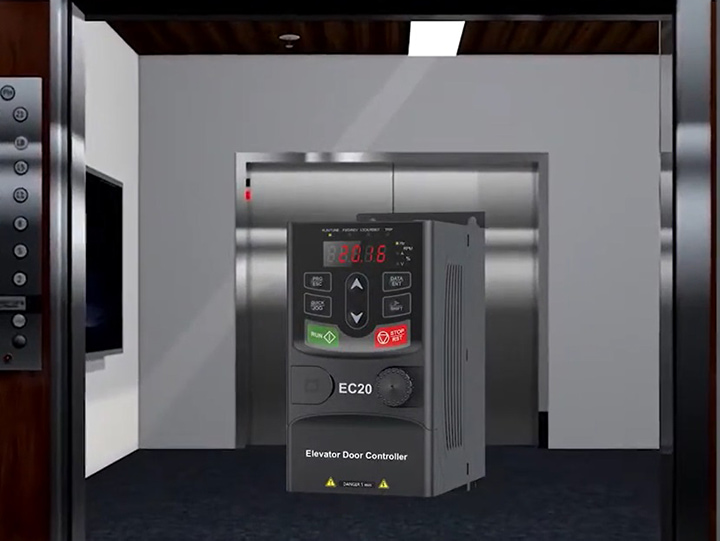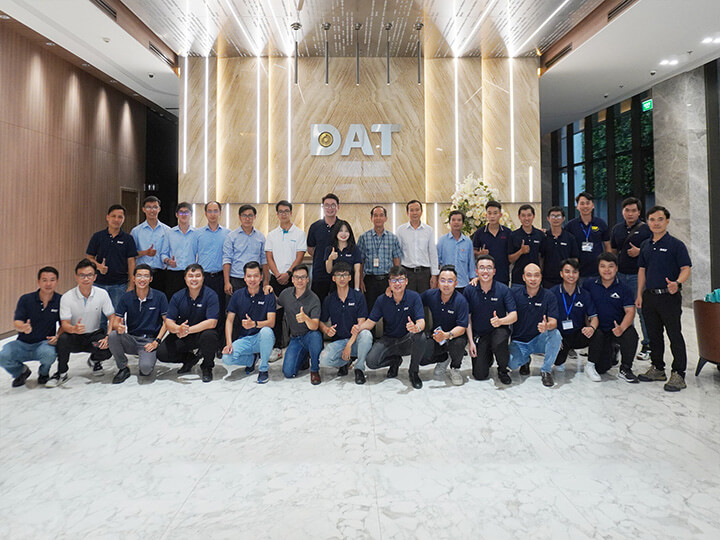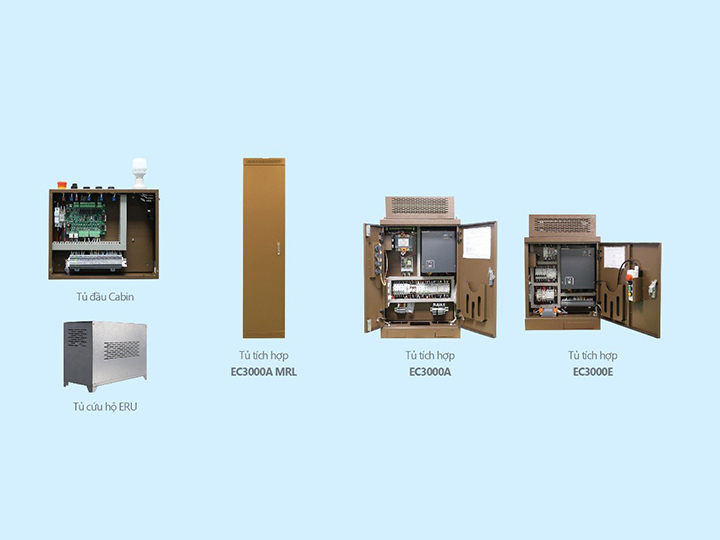Why is energy audit necessary?
Vitality of Human Energy Source
Energy serves as driving force behind all human activities, both material and spiritual. As production levels continue to advance, energy consumption also rises. Energy used for production and daily activities mainly falls into two categories:
- Thermal energy is utilized for processes like manufacturing, product processing, drying, heating, and air conditioning. It is measured by indicator kJ/unit of product. Various types of fuels such as coal, oil, and gas are used to generate this type of thermal energy.
- Electrical energy powers machinery, processing, and lighting, and it is measured by indicator kWh/unit of product. Primary energy sources like coal, natural gas, and hydroelectric power are used to generate electricity.
Combustion of fossil fuels leads to pollution, generating carbon dioxide (CO2) and methane (CH4), both of which are greenhouse gases responsible for climate change and global warming. Coal is largest CO2 emitter, with an average emission of 1.83 kg of CO2 per 1 kg of coal burned. Consequently, coal-fired power plants globally emit approximately 3.7 billion tons of carbon dioxide, 10,000 tons of sulfur dioxide (SO2), a major contributor to acid rain, and 10,200 tons of nitrogen oxides (NOx) annually. Gasoline emits 2.22 kg of CO2 per liter. Around 80% of greenhouse gas emissions stem from energy production and consumption, while remaining 20% result from agricultural activities, deforestation, and forest fires.
Since 19th century, Earth’s average surface temperature has risen by 0.5-1.0°C, and sea levels have increased by 101-253 mm. United Nations Framework Convention on Climate Change, adopted on September 9, 1992, aims to stabilize concentration of greenhouse gases in atmosphere, prevent adverse effects of climate change, and protect global climate systems.
In Vietnam, according to data from Vietnam Meteorological and Hydrological Administration over the past 50 years, average temperature has risen by 0.7°C, and sea levels have risen by 20 cm. Many areas have experienced droughts, while floods with increasing intensity have also occurred. Vietnam is one of five countries most vulnerable to rising sea levels. Without implementing energy-efficient practices, environmental pollution will worsen.
Today, energy has become a crucial resource for human survival. With fossil fuel reserves expected to last only about 60 years for oil and a century for coal, along with rapid development of production posing urgent challenges for energy demand, humanity must use energy efficiently and explore new renewable and environmentally friendly energy sources for sustainable development.
Energy Audit: A Tool for Efficient Energy Use
To utilize energy efficiently, it is essential to assess current energy usage accurately. Goal of an energy audit is to evaluate energy consumption, identify opportunities for energy reduction, and reduce operational costs. Energy audits help reduce energy consumption in production and daily activities while maintaining or improving productivity, labor efficiency, human health, and environmental safety. Energy audits focus on identifying energy-saving opportunities and potential improvements in energy use efficiency. They are categorized as preliminary energy audits and detailed energy audits.
Measurement for Energy Auditing
First step in an energy audit process involves measuring, verifying, and collecting data on energy consumption. Measurement systems provide information and track progress of energy-saving solutions.
Depending on specific production processes, following measurement parameters need to be established:
- Electricity consumption (kWh)
- Power factor (cos θ)
- Fuel consumption (MJ)
- Quantity of products
- Electricity consumption rate (kWh per product)
- Thermal consumption rate (MJ per product)
Preparation of data collection, installation of necessary meters, and establishment of data recording forms are crucial. Collecting and analyzing data, identifying focus of energy audit, are fundamental steps.
Preliminary Energy Audit
A preliminary energy audit is typically conducted annually, addressing around 85% of an organization’s energy needs. Process includes following steps:
- Preparation: Familiarization with factory or production site, understanding technological processes. Designing interview questionnaires for data collection. Preparing measurement tools and a team of about four auditors proficient in thermal and electrical engineering.
- Conducting audit: Distributing questionnaires to relevant individuals and units. Directly interviewing management personnel and operators. Analyzing operations within factory, measuring current equipment. Audit takes approximately 3-5 days.
- Data processing and reporting: Designing data synthesis tables. Creating energy consumption charts, evaluation indices, and proposing preliminary energy-saving opportunities. Preliminary energy audit report should be completed within a month after concluding preliminary audit.
Detailed Energy Audit
A detailed energy audit addresses approximately 95% of an organization’s energy needs and is conducted every three years. Pre-audit preparation process is similar to that of a preliminary energy audit, and audit itself takes place over 4-16 weeks. A team of at least five auditors proficient in thermal and electrical engineering is required. Audit report should be completed within three months after audit.
In a detailed energy audit, energy-saving opportunities are identified with no cost, low cost, or significant investment requirements.
- Opportunities with no cost potential can lead to energy savings of around 10%, including process optimization, management improvement, and maintenance enhancements.
- Low-cost opportunities can lead to energy savings of approximately 20%.
- Solutions with substantial investment requirements need a feasibility report, detailed cost and economic benefit analysis, return on investment assessment, environmental and occupational health considerations, and prioritization for solution implementation. Analyzing cost and profit comparisons for energy-saving projects, finding financial sources through available funding, bank loans, project financial support, or installment payment methods are all part of process.
In conclusion, energy auditing is a crucial management tool for all production and service facilities. It helps ensure efficient and effective use of energy, maintaining high and sustainable productivity.
Source: Automation Magazine















